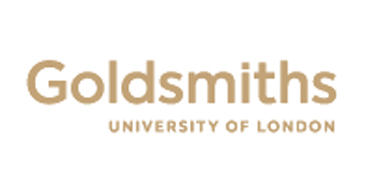Andrew Graham-Dixon on compromised choices in 'The British Art Show' at the McLellan Galleries, Glasgow
There is no figurative painting in 'The British Art Show', which makes it something of a Trojan horse in Glasgow, capital city of British figuration. It's probably just as well (most of the art in question is so inept) but the omission is hard to square with the loud claims of evenhandedness made by this exhibition's triumvirate of selectors.
Caroline Collier, Andrew Nairne and David Ward have had roughly a year to meet their Arts Council brief and 'make an exhibition of the work of about 40 artists, focusing on those up to 35 years old in 1990'. They have, they insist, resisted the temptation to identify anything like a dominant tendency in new British art. Their catalogue is a masterpiece of South Bank prose, a near-perfect expression of the Arts Council's will to compromise. The emphasis, you are given to believe, is on 'diversity' (ethnic and aesthetic), on 'the varied attitudes and approaches to the making and the content of work' and so on. What is remarkable - given all this bending over backwards in the name of fair play - is that they have mounted a show which is so doctri-naire in its argument about what is worthwhile in British art now.
No amount of diplomacy can mask the selectors' conviction that one art school has been responsible for the best of new British art. The most arresting and convincingly displayed work, almost without exception, is by ex-Goldsmiths' students (they make up nearly a third of the artists included). 'The British Art Show' is a school-of-Goldsmiths' exhibition thinly disguised as a national survey.
Caroline Russell (Goldsmiths' 1986- 8) contributes a work succinctly titled Display 23, which is in many ways exemplary. Goldsmiths' students...


